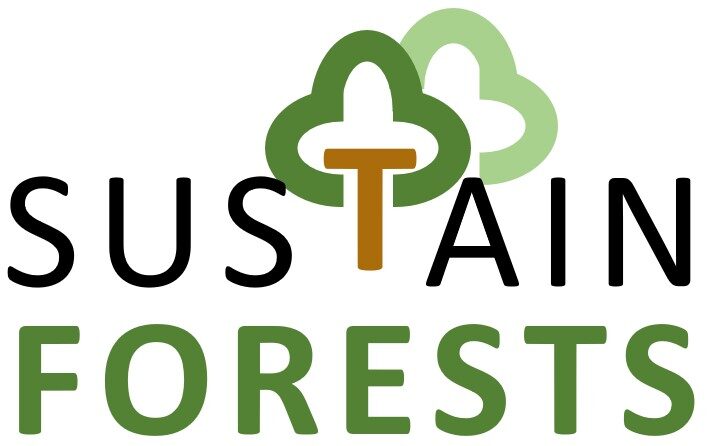Forest patches in the highly fragmented agricultural landscapes of the rainforest and savannah zones of West Africa tell a story. They can be remnants of former forests, but they can also be the work of human hands, as a livelihood strategy, in areas without forests before. Those patches persist, despite various pressures. SUSTAINFORESTS examines why forest patches persist, how they maintain biodiversity, ecological functions, ecosystem services and livelihood functions, and are even providing new ecosystem services such as forest foods. It studies the conditions under which forest patches can have a sustainable future, given their importance for the environment and livelihoods.
Our vision is to produce evidence that not only raises awareness about this importance but also identifies and triggers actions on sustaining forest patches.
To reach these goals, SUSTAINFORESTS adopt a transdisciplinary approach to integrating scientific and practitioner knowledge in an iterative work at 3 scales. At the regional scale, we use satellite imagery and other data to inventory and characterise forest patches, providing a new dataset and insights. At the sub-regional level, we differentiate the forest patches according to the governance arrangements. At the local scale, in-depth studies in the agricultural landscapes of these zones in Togo, Benin, Nigeria, and Cameroon interrogate the ecosystem services, the steering potential of livelihoods, institutional arrangements and stakeholder values linked to the forest patches. Insights gained will feed back to the sub-regional level through participatory system dynamics and agent-based modelling, providing pathways to inform better governance arrangements.
SUSTAINFORESTS will expand explanations on forest persistence, provide multi-scale insights to reconcile conservation and livelihoods, and is expected to trigger new perspectives on landscape mosaics even in other world regions.
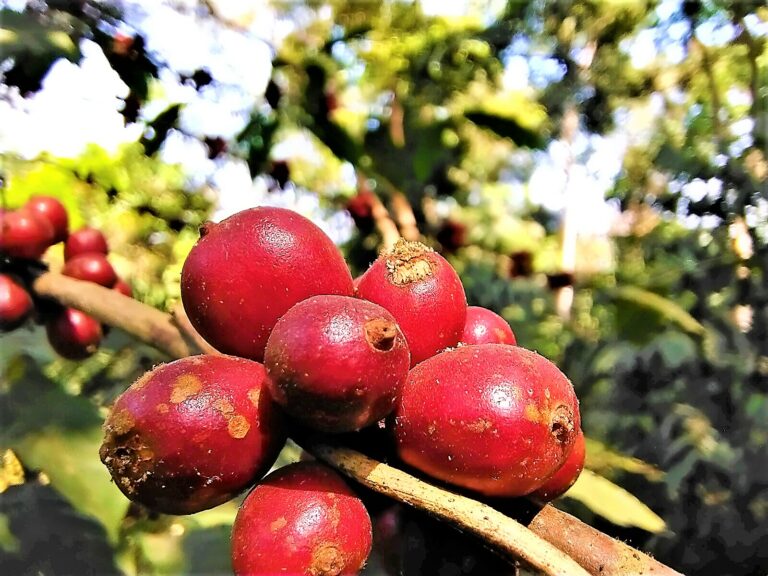 Coffea arabica in Togo. Photo by Hepner, 2022/2023
Coffea arabica in Togo. Photo by Hepner, 2022/2023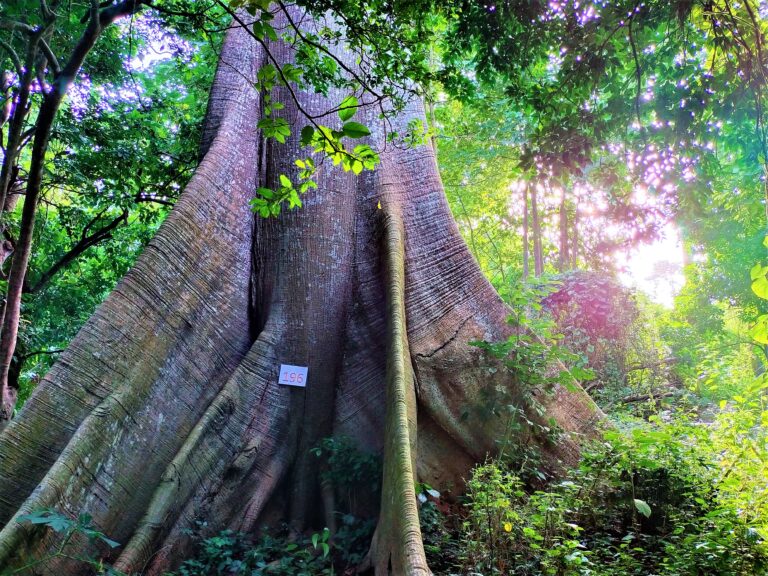 Ceiba pentandra in Benin. Photo by Hepner, 2022/2023
Ceiba pentandra in Benin. Photo by Hepner, 2022/2023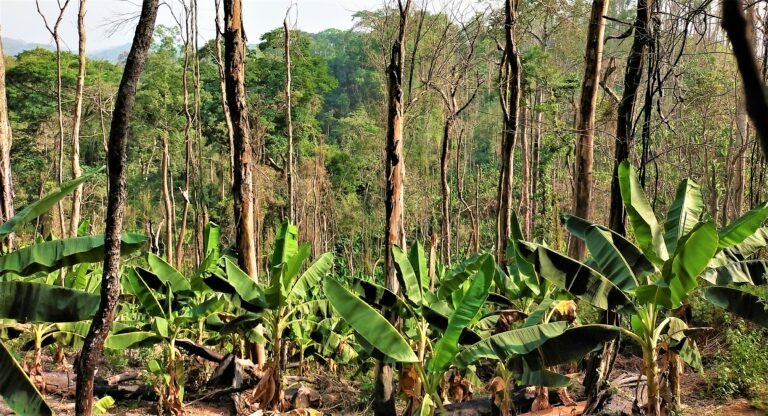 Banana plantation in Nigeria. Photo by Hepner, 2022/2023
Banana plantation in Nigeria. Photo by Hepner, 2022/2023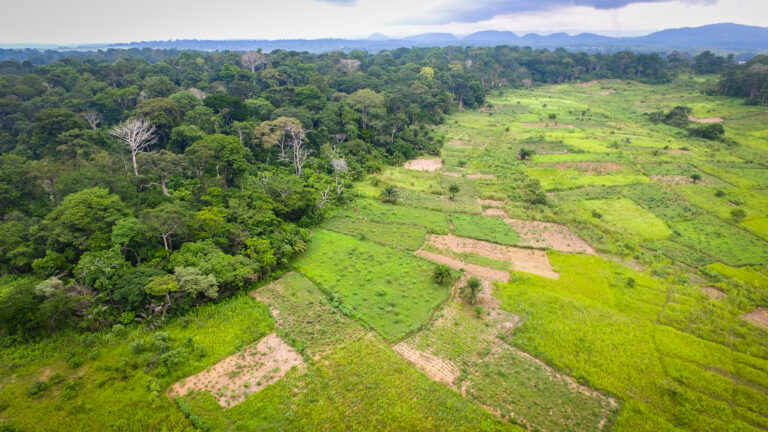 Forest transition in Cameroon. Photo by Mokhamad Edliadi/CIFOR-ICRAF
Forest transition in Cameroon. Photo by Mokhamad Edliadi/CIFOR-ICRAF
